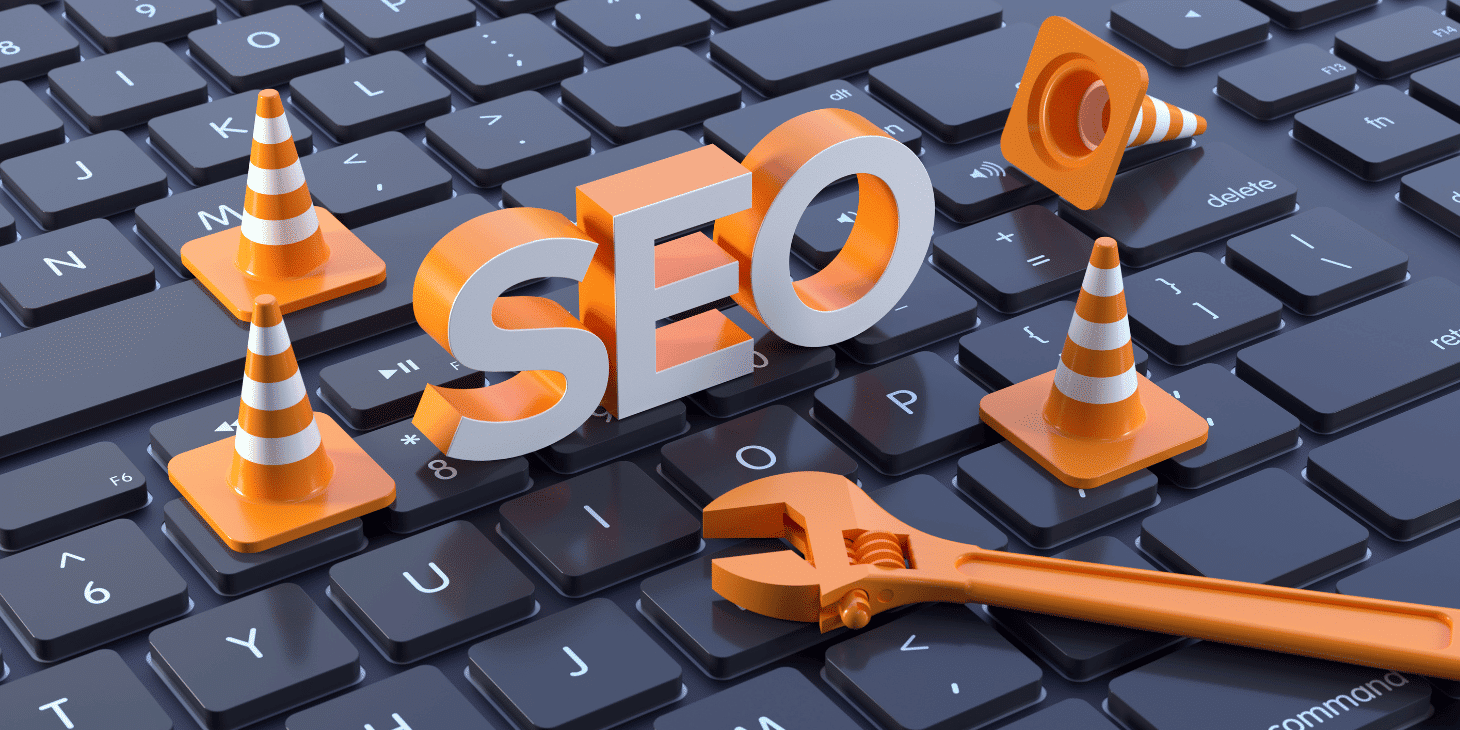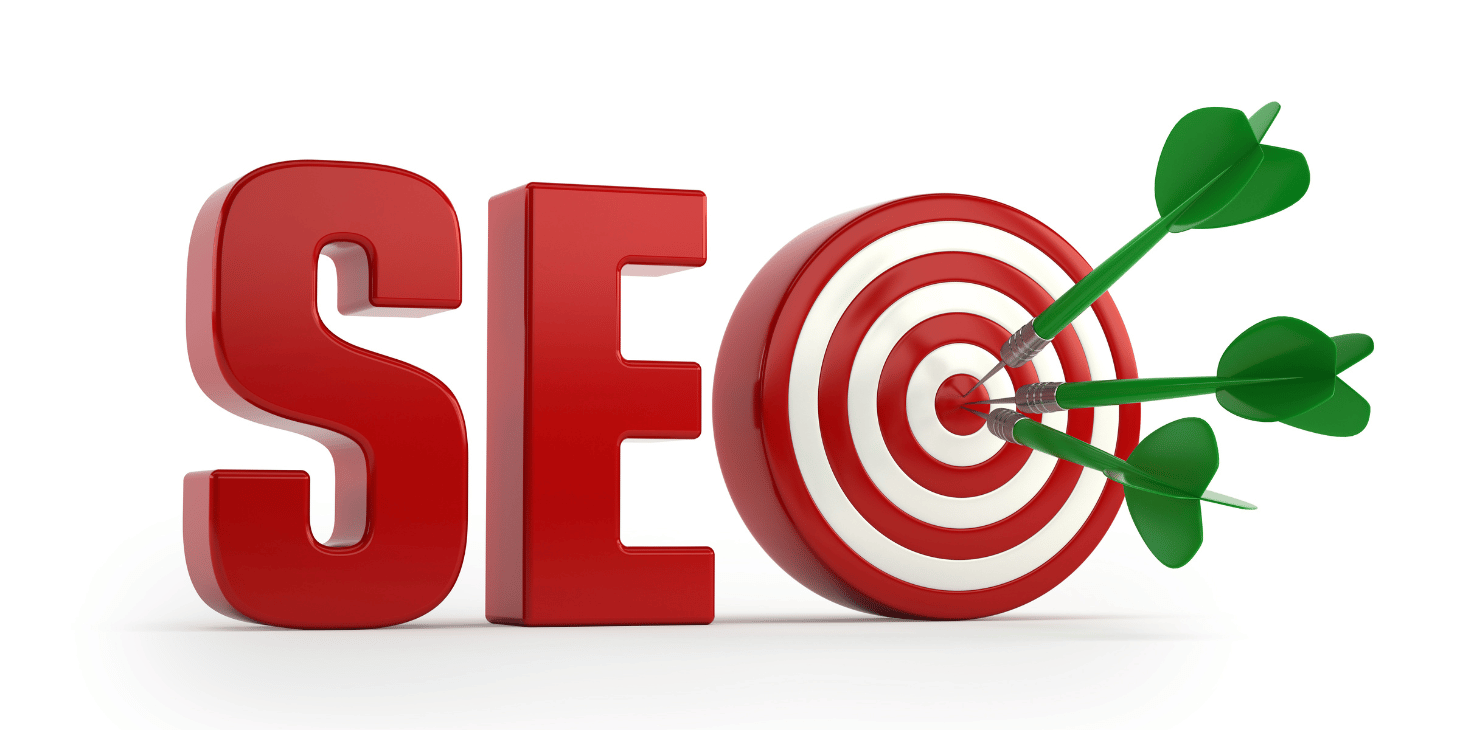An excellent opening page may be the difference between the occasional shopper and the repeat customer. It does not matter whether you are running advertisements, promoting a product, or acquiring leads, your landing page is significant in terms of directing users to a desired action.
We will discuss the main features of an effective landing page, its design, content, speed, and trust below.
Clear and Compelling Headline
Visitors see the first thing when they visit your page and this is the headline. It must be able to convey instantly what the page is and why it is important.
What Makes a Great Headline:
Clarity over cleverness: Use clear and understandable language. The visitor is supposed to be informed immediately of what you are offering.
Benefit-oriented: Show what the user will obtain such as getting a free consultation today, or getting 30% off your first order.
Consistency: There must be consistency between the ad or link that directed the user to the page and the headline. The consistency helps to avoid confusion and helps to create trust.
The headline is clear and beneficial, which determines the tone and keeps the users interested.
Engaging and Relevant Visuals
People are visual and with great images or videos, your landing page will become more attractive immediately.
Why Visuals Matter:
First impressions: Good quality pictures are credible and appealing.
Storytelling: A demonstration (photo or short video) will allow users to imagine your offer in action.
Emotional linking: The correct visual stimuli invoke emotion in the user and increase the chances of taking action.
It is better to avoid generic stock photos. Rather, employ real-life images – like product pictures, team shots or customer reviews – that capture the personality of your brand.
Focused and Persuasive Copy
Any word you use on your landing page must serve a purpose. It should be as brief as possible, convincing, and focused on what the visitor needs.
Best Practices to Landing Page Copy:
Keep it simple, conversational: This is written as though you are talking to the visitor.
Use bullet points for clarity: You can say 24/7 customer service, but you get better results by saying We are here when you need us.
Your message must excite the visitor to act instead of bombarding him with irrelevant information.
Strong Call-to-Action (CTA)
The most significant aspect of your landing page is the call-to-action. It informs users on what to do next, be it to sign up, purchase, download or subscribe.
Tips for a High-Converting CTA:
Make it stand out: Attention can be drawn through a contrasting color or bold button.
Be descriptive: Do not use the generic “Submit” but action phrases such as “Get My Free Quote” or Start My Trial.
Reduce distractions: Do not have more than one CTA competing with each other. Have one major objective on each landing page.
An effective CTA eliminates indecisiveness and makes the user sure of the next action.
Fast Loading Speed
In the modern digital age, nothing matters more than speed. Americans demand sites to open within a few seconds – and when your opening page is slow, they will disappear before they even get to read your proposal.
Why Speed Matters:
User experience: Visitors are annoyed by a slow page.
Ranking in the search engine: Google is concerned with fast loading pages.
Conversion rate: A one-second delay can reduce conversions by a very big margin.
In order to speed up loading times, use the best images, minimize useless scripts, and select a good hosting company.
Mobile Optimization
A landing page that is mobile friendly is necessary with most users accessing the internet using smart phones and tablets.
The main mobile-friendly features:
Responsive design: Your site must be responsive so that it fits any screen size.
Legible text and buttons: Do not use small fonts or cluttered design that is difficult to tap.
Streamlined forms: Minimize the fields to simplify the process of signing up through mobile devices.
It is a smooth mobile experience that will not result in any lost leads through poor usability.
Elements of Trust and Credibility
Tourists will not become converts without having faith in your brand. The creation of credibility with small but strong details may boost the conversion drastically.
Ways to Build Trust:
Customer reviews: The social proof is through real reviews and success stories.
Testimonials of collaborators: Show familiar brands with whom you do business.
Security badges: This is particularly essential in e-commerce since the visitors will be assured that their data is secure.
Crystal clear policies: Have links to privacy policies or assurances.
These credibility indicators render your land page professional and trustworthy.
Minimal Distractions and Clean Layout
A quality landing page makes the visitor stick to the objective. Excessive distractions – such as additional links, pop-ups, flashy elements, etc. – may distract the conversion point.
How to Keep It Clean:
Limit navigation: Take off top menus or outsourced links.
Maximize the use of the white space: This can be used to focus the eye on important items and increase legibility.
Keep visual hierarchy: Headlines, pictures and CTAs must naturally guide the user through the page.
Uncluttered design makes the users perceive information quicker and increases engagement.
Consistent Branding
Stability fosters acquaintance. Everything, including colors and fonts to tone and imagery, must be a representation of your brand.
Why Branding Consistency Matters:
Develops fame: When the branding is consistent, users will be more likely to remember your company.
Builds credibility: Professional, cohesive design is associated with trust.
Enhances the experience: Customers are more assured when the page looks like an extension of your main site or advertisement.
Make it a cohesive experience using your brand voice and imagery and supporting who you are.
Data-Driven Testing and Optimization
The most efficient landing page can never be perfect. Constant testing and refinement will allow you to find out what appeals most to your audience.
Common Methods:
A/B testing: Compare two versions of a page (different headlines, colors or CTAs) and determine which version works better.
Heatmaps: Graphical display of where users scroll or click.
Analytics tracking: Keep track of such metrics as the bounce rate, conversion rate, and time on page.
By constantly testing and optimizing your landing page, you will succeed in the long run and increase the conversion rate.






